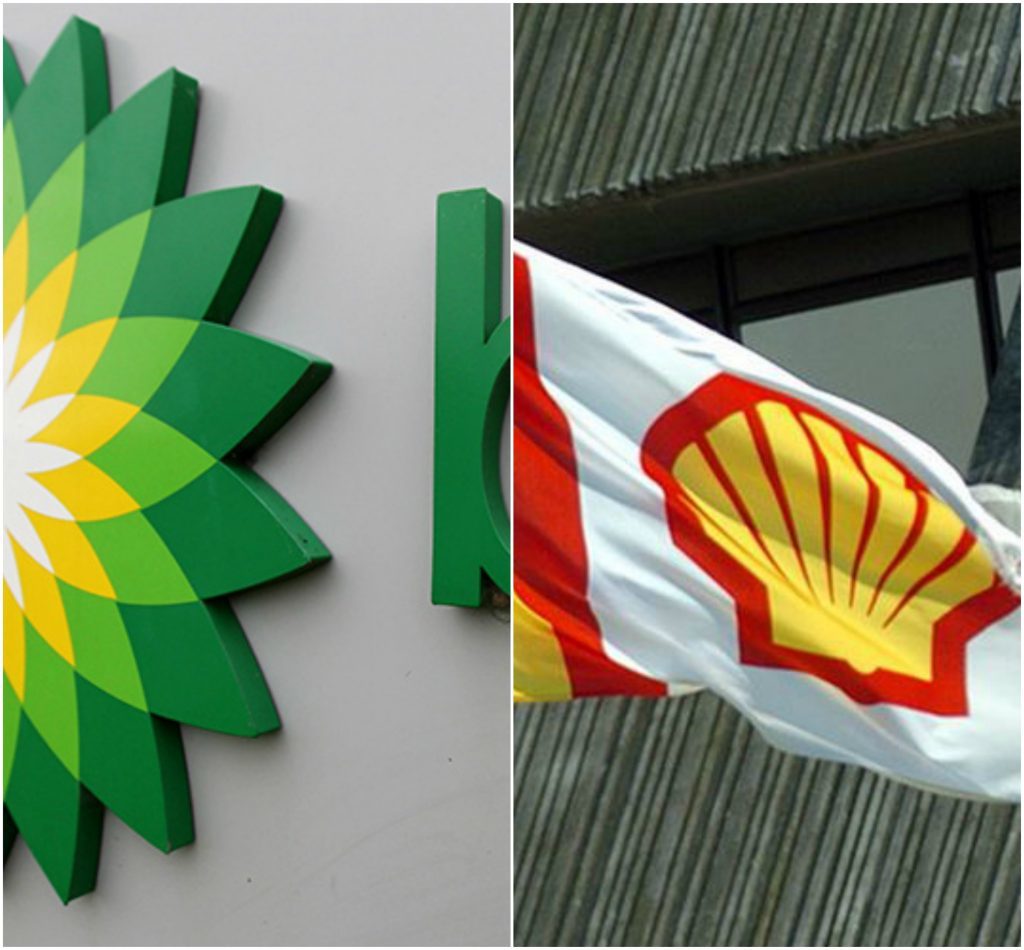
The largest oil and gas companies for years have lived beyond their means and paid more money to investors than they can reasonably afford, according to a new report.
The study from the Cleveland-based Institute for Energy Economics and Financial Analysis found that the five largest Big Oil majors — Exxon Mobil, Chevron, Royal Dutch Shell, BP and Total — spent $536 billion on shareholder dividends and stock buybacks since 2010 while bringing in just $329 billion in free cash flow.
“The oil majors are consistently under-performing the market and may believe that shareholders won’t notice, as long as they receive generous dividends,” said Tom Sanzillo, co-author of the report and director of finance for the institute, a think tank that supports renewable energy.
“As these companies continue to sell off assets and acquire more debt, they reveal a sector in disarray.”
This study covers the period of the last oil bust from 2014 to 2017, when a lot of companies limited their reductions in dividends in buybacks — as revenues fell more sharply — to stop investors from abandoning their firms.
BP also was a shrinking company during most of the last decade, selling off many assets after the 2010 Deepwater Horizon tragedy in the Gulf of Mexico.
The study found that asset sales — from BP and others — played a big role in funding dividends and buybacks. The study noted that Shell, for example, sold $68 billion in assets from 2010 through late 2019.
Of course, Shell also bought the London-based BG Group for $53 billion in 2016 and, as a result, sold many assets to help pay for the megadeal and reduce debt.
The institute also highlighted the decision this week by the world’s largest fund manager, BlackRock, to better align itself with the Paris climate accord goals and invest much less in energy companies, starting with coal companies and utility firms that rely on coal. So there’s an ongoing investment move away from the energy sector.
“Investors are gradually moving away from energy stocks. A look behind the dividend payments of the leading companies helps explain why.
For the core business of these companies, there is more money going out than coming in.” Sanzillo said.
Recommended for you
